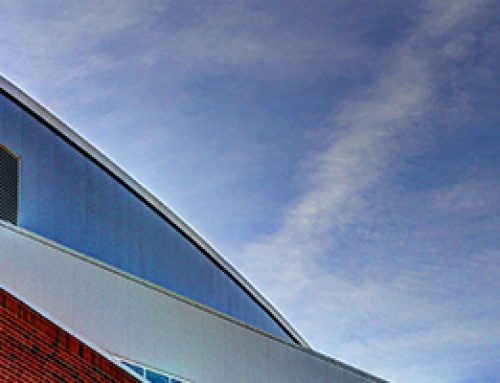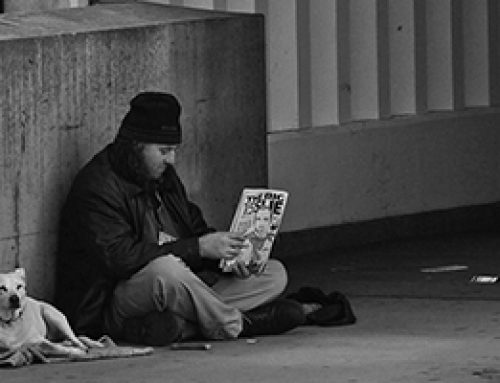Achieving Socio-Economic stability is an essential ingredient in quality of life for Niagara. Our economy is in a period of shifting priorities, and is comprised of many diverse parts. We are building on a strong base of small to medium-size enterprises with manufacturing, agri-food, and tourism roots. We now have solid evidence that having thousands of people living in poverty in Niagara is costing the region’s overall economy $1.38 Billion annually in both direct and indirect costs. Gathering this proof has helped us to begin mapping a plan to address root causes. Leaders in both the for-profit and for-social-profit areas of Niagara’s socio-economic continuum are recognizing that setting aside individual agendas and working toward a common goal of community vibrancy is the contemporary way to build a prosperous Niagara.
Things We Are Doing Well
- Niagara Region Economic Development released a 2013 Economic Growth Strategy targeting manufacturing, agribusiness, tourism, transportation and logistics. The strategy projects that in the short term, 80% of economic growth in Niagara will come from existing businesses. Small and medium-sized businesses, many of them multi-generational, form the base of Niagara’s economy.
- Innovate Niagara, the Generator at one, BioLinc at Brock University, the Vineland Research and Innovation Centre and the Advanced Manufacturing research and development facility at Niagara College are examples of significant investment by governments in boosting economic development for Niagara.
- Beginning in 2008, the Niagara Prosperity Initiative (NPI) provides an annual investment by Niagara Region of $1.5 million to support poverty reduction and prevention activities. NPI uses a research-based approach to address root causes of poverty, allocating resources where they will have the greatest effect.
- The Niagara Poverty Reduction Network includes over 30 agencies working together to: Dispel myths about living in poverty; Improve collaboration and actions in poverty reduction; and Engage and include all individuals in the community.
Emerging Activities
- 2013 Ipsos Reid research showed that the majority of manufacturers in Niagara anticipate an increase in business and job creation in the next three years. A 2014 KPMG Competitive Alternatives report ranked the Niagara region ninth among 107 cities from 10 countries, for cost effectiveness to locate a business here.
- A 2013 Economic Impact Assessment for Niagara Region’s Culture Plan highlights the culture sector as ‘a productive asset on which Niagara could further capitalize to expand and sustain our transitioning economy’, citing its contribution to Niagara’s economy as: 13,088 jobs (FTEs); $396.3 million in labour income; and $595.2 milion in Gross Regional Product.
- In 2013, the ‘1 Less Trip’ initiative highlighted the value of residents shopping in Niagara instead of across the Canada-US border, citing that for every $100 spent at a locally-owned business, $70 goes back into the community and our tax base.
- Diverse partners are building the Data and Knowledge Niagara framework to expand our collective capacity for leveraging data resources.
- Evidence gathered by the Niagara-wide community in the 2012 policy brief “Are the Consequences of Poverty Holding Niagara Back?” is the basis for a framework being developed to systematically and proactively address root causes of poverty in Niagara through a preventive, upstream investment approach.
Suggested Action Steps
- Continue to strengthen sharing of knowledge about best business practice, along with focused supports for Niagara’s core of small to medium-size enterprises.
- Deepen our understanding of shared value between business, economic development and for-social-profit players in Niagara, to inform a collective approach to socio-economic planning.
- Pay attention to the root causes of underemployment in Niagara, and its impact on our people and economy.
- Advance the Data and Knowledge Niagara framework, to expand Niagara’s capacity to leverage data resources for predictive intelligence.
- Support work being done to advance a systems approach to investing in the people of Niagara, to proactively address root causes of poverty through a preventive, upstream investment approach.
Indicators
Economic Development in Niagara
- Economic Performance and Growth
- Number of Businesses In Niagara
- Organizations Contributing to Economic Development in Niagara
- Co-operatives in Niagara
Income and Earnings in Niagara
- Low Income Measure in Niagara
- Income Levels in Niagara
- Market Basket Measure (MBM)
- Food Security, Food Bank Use, Hunger Count in Niagara
- Social Assistance in Niagara
- Economic Deprivation Index
- The Number of personal and business bankruptcies in Niagara
Niagara Poverty Reduction and Prosperity Initiatives
- The cost of the consequences of poverty to Niagara’s economy
- Impact of Niagara Prosperity Initiative







